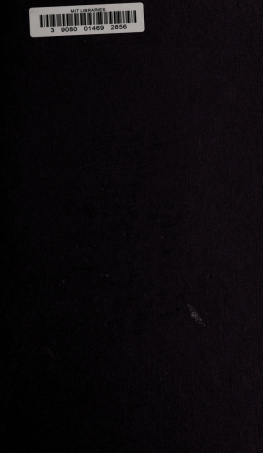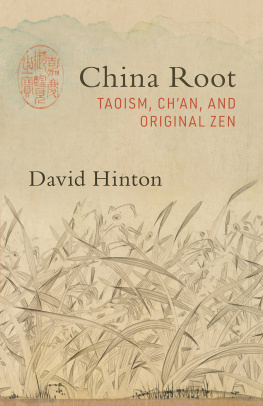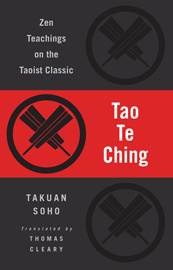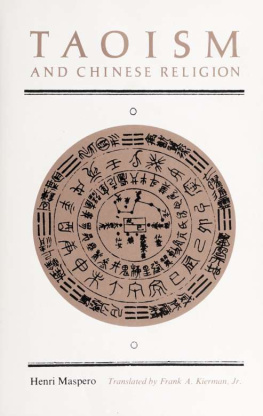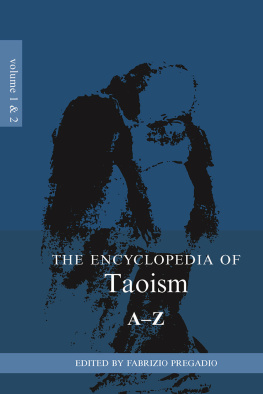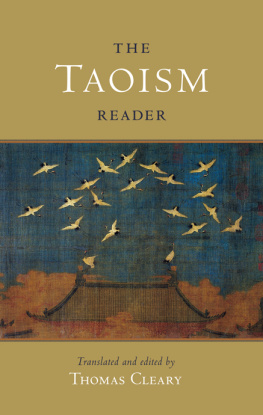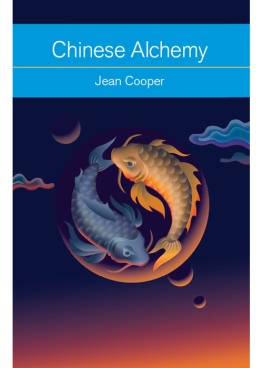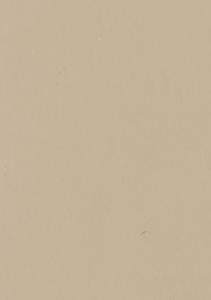
Alchemy, Medicine, and Religion in the China of A.D. 320: The Nei P'ien of Ko Hung
Ware, James R.
This book was produced in EPUB format by the Internet Archive.
The book pages were scanned and converted to EPUB format automatically. This process relies on optical character recognition, and is somewhat susceptible to errors. The book may not offer the correct reading sequence, and there may be weird characters, non-words, and incorrect guesses at structure. Some page numbers and headers or footers may remain from the scanned page. The process which identifies images might have found stray marks on the page which are not actually images from the book. The hidden page numbering which may be available to your ereader corresponds to the numbered pages in the print edition, but is not an exact match; page numbers will increment at the same rate as the corresponding print edition, but we may have started numbering before the print book's visible page numbers. The Internet Archive is working to improve the scanning process and resulting books, but in the meantime, we hope that this book will be useful to you.
The Internet Archive was founded in 1996 to build an Internet library and to promote universal access to all knowledge. The Archive's purposes include offering permanent access for researchers, historians, scholars, people with disabilities, and the general public to historical collections that exist in digital format. The Internet Archive includes texts, audio, moving images, and software as well as archived web pages, and provides specialized services for information access for the blind and other persons with disabilities.
Created with abbyy2epub (v.1.7.0)
LIBRARY
OF THE
MASSACHUSETTS INSTITUTEOF TECHNOLOGY
The MIT Press
This file has been authorized and provided by thepublisher, The MIT Press, as part of its ongoing effortsto make available in digital form older titles that areno longer readily available.
The file is provided for non-commercial use throughthe Internet Archive under a CC-BY-NC-ND 4.0license. For more information please visitwww.creativecommons.org.
ALCHEMY,MEDICINE,RELIGIONin the China of a.d. 320
In Memoriam
MARCEL GRANET
Directeur dEtudes a VEcole des Hautes EtudesProfesseur a VEcole des Langues OrientatesAdministrateur de VInstitut des Hautes Etudes Chinoises de Paris
and
TENNEY L. DAVIS
Professor of Organic ChemistryMassachusetts Institute of Technology
hi
Foreword
The basic Chinese text for Ko Hungs Neipien is availablein the 1885 edition of Sun Hsing-yens Ping-chin-kuants'ung-shu. Throughout this text, references to this originaltext are indicated in the margins, giving the chapter, pagenumber, side [recto (a) or verso (/?)], and column (e.g., 2.4/78signifies chapter 2, page 4, verso, column 8). References toKo Hungs autobiography, which forms part of the Introduction, are preceded by the letter A.
In references to Chinas Dynastic Histories, I have usedthe Tu-shu-chi-cheng yin-shu-chii edition. For the Philosophers I have used The Twenty-two published by Che-chiang shu-chii in 1901 and, when necessary, The Hundredpublished in 1927 by Sao-yeh-shan fang. For The Analects ofConfucius, Mencius, and Chuang Chou, the references are tomy own translations.1 The publications of the late ProfessorH. Maspero (Journal Asiatique, Vol. 229 [1937] and LeTaoisme, Paris, 1950) and TT 900 (Synonyms for Mineralsand Medicines) were indispensable, and the notes of Y. Ishi-jima (Tokyo, 1942) and Father E. Feifel (Monumenta SericaVol. 6 [1941] et seq.) have been helpful. The late ProfessorT. L. Davis also worked with this text (Proceedings of theAmerican Academy of Arts and Sciences Vol. 70 [1935] et seq.)out of his interest in the history of alchemy. The terms for
1 New American Library, New York, 1955, i960, and 1963.
Vll
minerals and plants can only be, for the present translator,the definitions found in available dictionaries and vocabularies.
An asterisk in the text signifies that the work referred tois listed in Ko Hungs Nei pien 19.
Chinese words are transliterated according to the long-established Wade-Giles system, now used by writers in mostwestern languages except French. Any consonant or groupof consonants followed by an apostrophe (in origin, theGreek rough breathing) is to be pronounced approximatelyas in English; the apostrophe is merely indicative of this fact.The other consonants roughly approximate these Englishsounds: ch is approximately j, t is d, p is b, k is g, ts is dz, andj and -ih are approximately r.
In Chinese personal names the surname or family nameis given first; thus Ko Hung is Mr. Ko, and Shen-tu Pan isMr. Shen-tu. The rest of the name corresponds to our firstname.
The translator is grateful to the Administrative Committeeof the Harvard Foundation for a grant from the Joseph H.Clark Fund subventioning preparation of the typescript. Foractual publication of this translation, his first deep bow ofgratitude must be to Professor Nathan Sivin.
Cambridge, MassachusettsMarch ji, ig66
James R. Ware
Abbreviations
A: Ko Hungs autobiography = ch. 50 of his Wai pien.
Ana: Analects of Confucius.
ChanKT: Chan kuo tse, pre-Han historical romance (1869Hu-pei chung-wen shu-chu ed.).
Chen kao: Tao Hung-chings (a.d. 500) poem on Taoistarcana (1915 Chin-ling tsung-shu, pt. 2).
CWu tzu: Chinas first collection of belles-lettres (tr. D.Hawkes, Oxford 1959).
Chuang: The Sayings of Chuang Chou.
ChuanHHW: from 1894 ed. of miscellaneous Pre-Tangprose collected by the Manchu Dynasty scholar YenKo-chun.
CS: History of Chin.
CTS: Old Tang History.
HanF: Philosophical writings of Han Fei (250 b.c.).
HHS: Flistory of Second Han.
PINT: Huai-nan tzu, Liu Ans (100 b.c.) Taoist compendium.
HS: History of First Han.
KshihC: Kao shih chuan, Huang-fu Mis (a.d. 260) Biographies of Eminent Processors (1592 Kuang Han Weitsung-shu ed.).
KTCY: Kung tzu chia yii (1925 Commercial Presss HanWei tsung shu ed.).
Kuo yii: Pre-Han discourses of the Feudal States of Chineseantiquity (1869 Hu-pei chung-wen shu-chu ed.).
LHC: Lieh hsien chuan, Liu Hsiangs (20 b.c.) Biographies ofIllustrious Genii (1931 Chih-hai tsung-shu ed.).
Li ki: Book of Rites (Father S. Couvreurs 1913 Frenchtranslation), No. 4 in The Thirteen Classics.
Lieh: Lieh Yu-kous (?Late Chou) Taoist booklet (Kambun-taikei ed. 1912).
LiehNC: Lieh nu chuan, Huang-fu Mis (a.d. 260) Biographies of Illustrious Women (1931 Chih-hai tsung-shued.).
Next page
